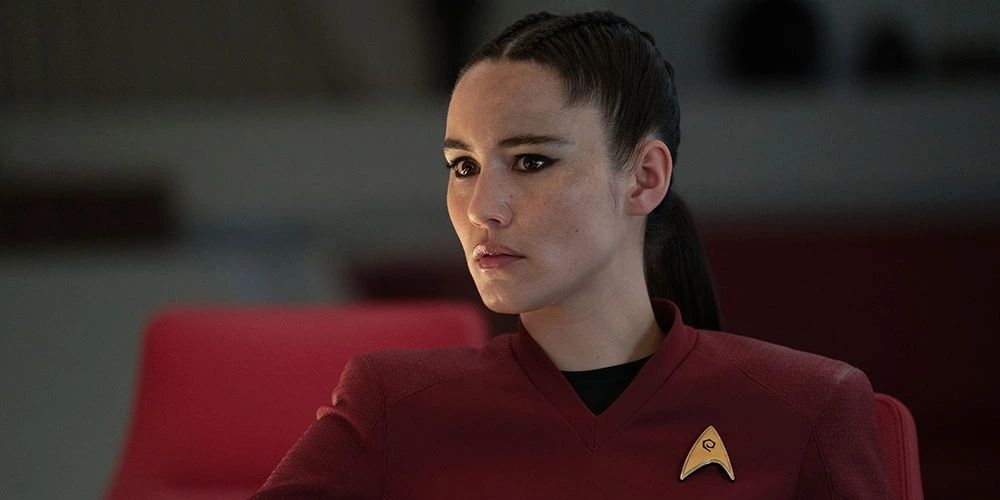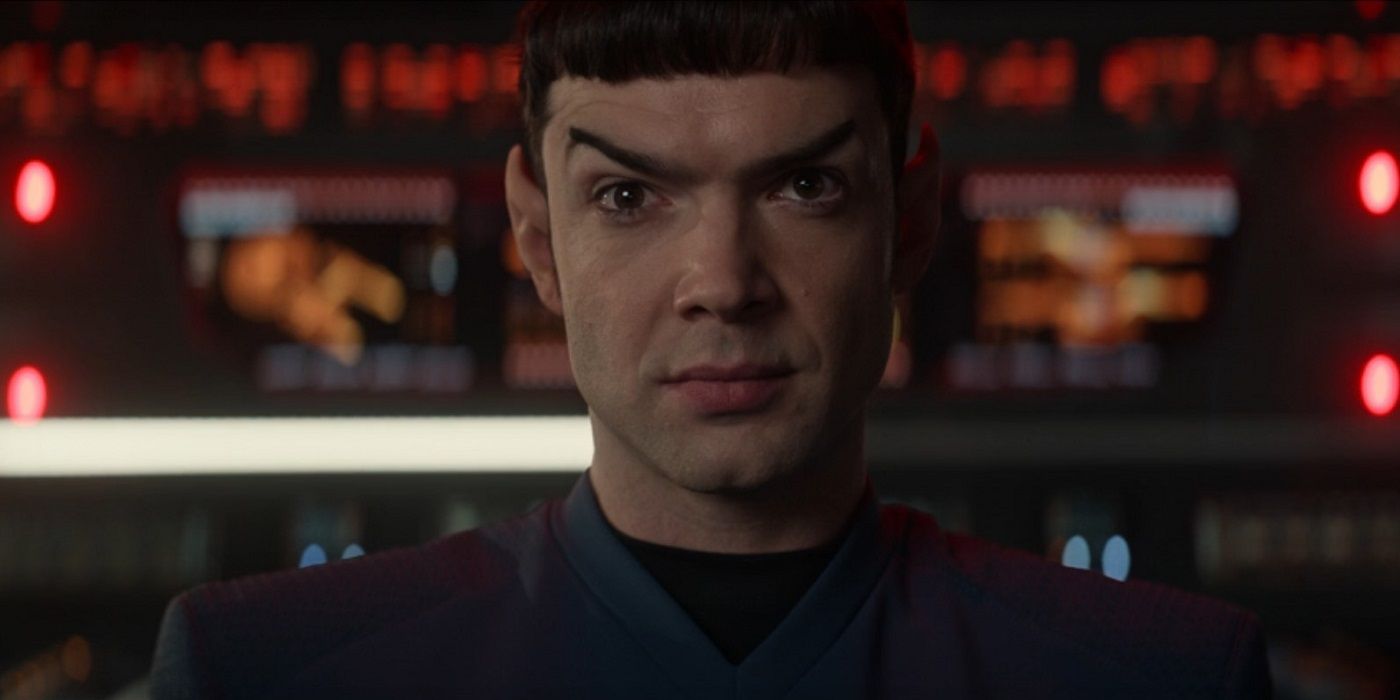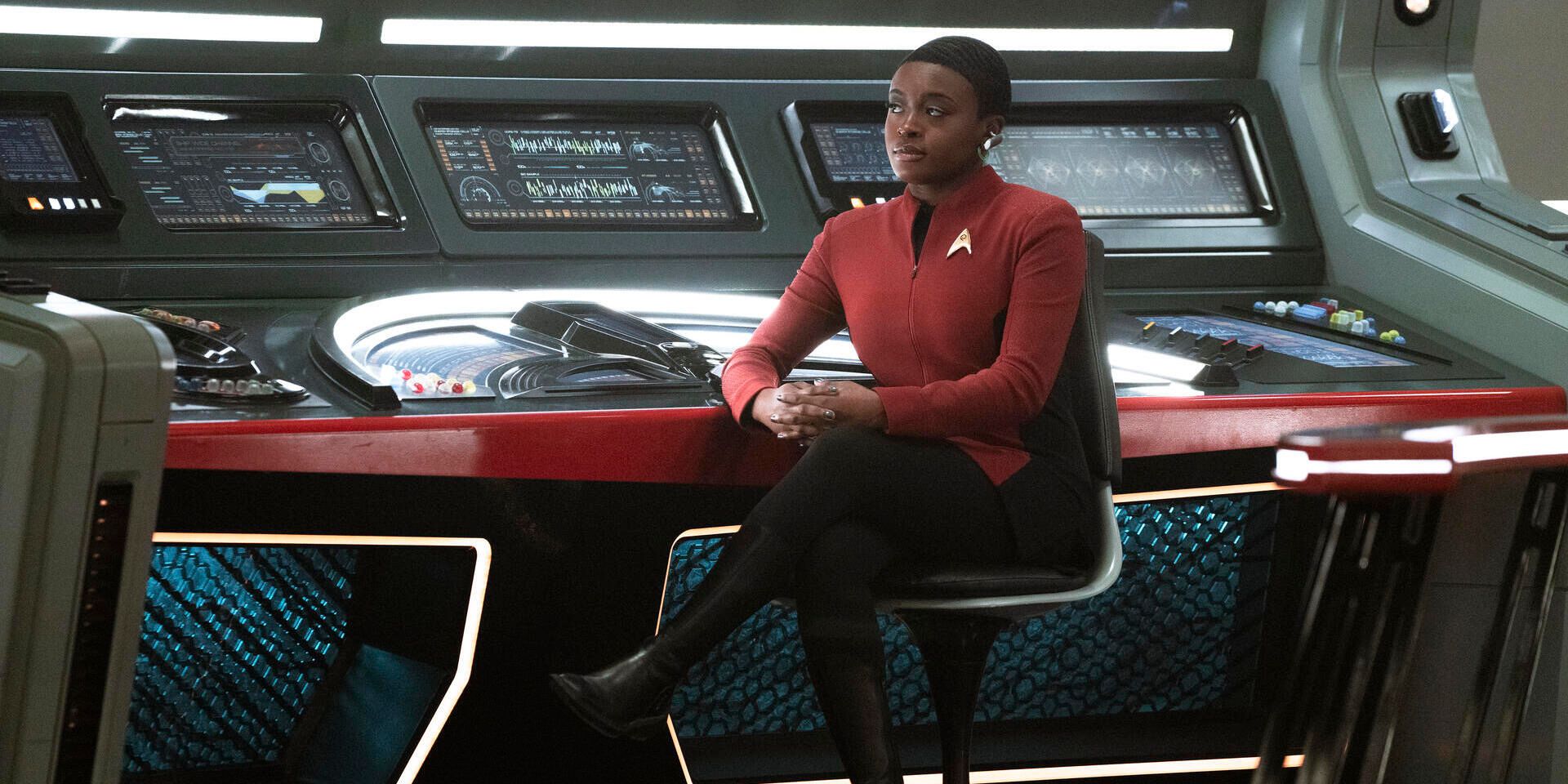The show understands that the best path forward is built by learning what made the original entries in the franchise shine and adding to them from there. The Strange New Worlds episode "Tomorrow and Tomorrow and Tomorrow" perfectly captures this mentality, using the history and tone that the franchise has crafted over decades centered around a new and fascinating character.
Strange New Worlds Perfectly Balances New and Old
Star Trek: Strange New Worlds' magic is that it is the culmination of a multi-year experiment to reinvent the franchise for a new generation, one that has been at the forefront of Paramount's strategy since the late 2000s. After the Star Trek television empire collapsed from the lackluster response to Star Trek: Enterprise, the early 2000s series that tried its hand at molding a series that fit in with more contemporary network and cable dramas, the series lay dormant for a few years.
But when J.J. Abrams' big-budget live-action reboot film Star Trek, which feels more like a modern action blockbuster than a classic episode of the old series, dominated at the box office in 2009, ideas began floating around for how to revitalize the franchise on the small screen.
The streaming service boom provided the runway for Paramount to throw a few ideas at the wall for what Star Trek could become. These included Star Trek: Discovery, a serialized drama that feels like what modern prestige TV audiences are used to; the legacy sequel Star Trek: Picard, which closes the loop on some classic characters; and a self-referential animated comedy with Star Trek: Lower Decks. But far and away, the most successful attempt at rebooting the franchise has been Strange New Worlds.
The series prides itself on simultaneously crafting stories about classic characters like Spock and Uhura, and developing characters that were not particularly three-dimensional from The Original Series, like Captain Christopher Pike and Nurse Chapel. The series stretches the bounds of what a Star Trek series can be, playing with form through genre-bending episodes like "Subspace Rhapsody" to bring back the adventurous energy of what made series like The Next Generation so great.
Tomorrow and Tomorrow and Tomorrow Connects a New Character to a Classic Story in a Lovely Way
One of the best new characters that has been added to the Star Trek canon through Strange New Worlds is La'an Noonien-Singh, who is a descendant of the classic villain Khan. Khan, a super soldier from a past war in the Star Trek universe that was defined by genetic modification, is frozen in time and awoken in The Original Series, doing battle with Captain Kirk and the U.S.S. Enterprise in the excellent and iconic film Star Trek II: The Wrath of Khan.
La'an's character is an excellent example of someone who is doggedly determined to prove that she is nothing like the villainous man who is her ancestor. This tough but rule-following officer leaves little room for social and emotional relationships to try to maintain an air of staunch professionalism. The episode "Tomorrow and Tomorrow and Tomorrow" perfectly captures how La'an's character intersects with past iterations of the franchise. It forces her to reckon with her lineage and detachment from emotional relationships in interesting ways.
What makes this ending work so well, and connect the themes of "Tomorrow and Tomorrow and Tomorrow" with the rest of Star Trek's greatest stories and characters, lies in how La'an must choose to overcome a personal issue in order to serve the greater good. Her warlord of an ancestor will cause an intense amount of grief to humans in multiple different centuries, including torturing the man that she has begun to fall for. But the consequences of changing the timeline are too great, and La'an is forced to save her ancestor so she can still exist, and the utopian future of the Federation is secured.
This is why Strange New Worlds and "Tomorrow and Tomorrow and Tomorrow" are so great: they understand the themes that connect all of the Star Trek series and movies.








